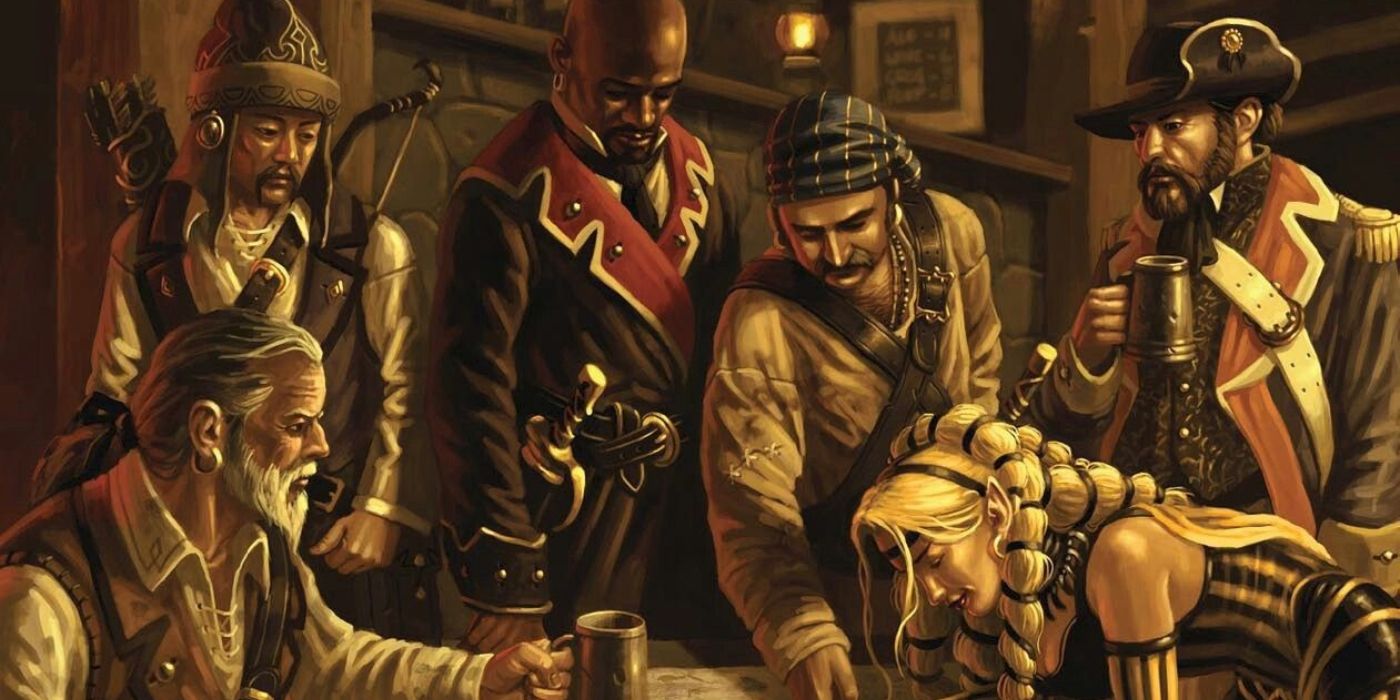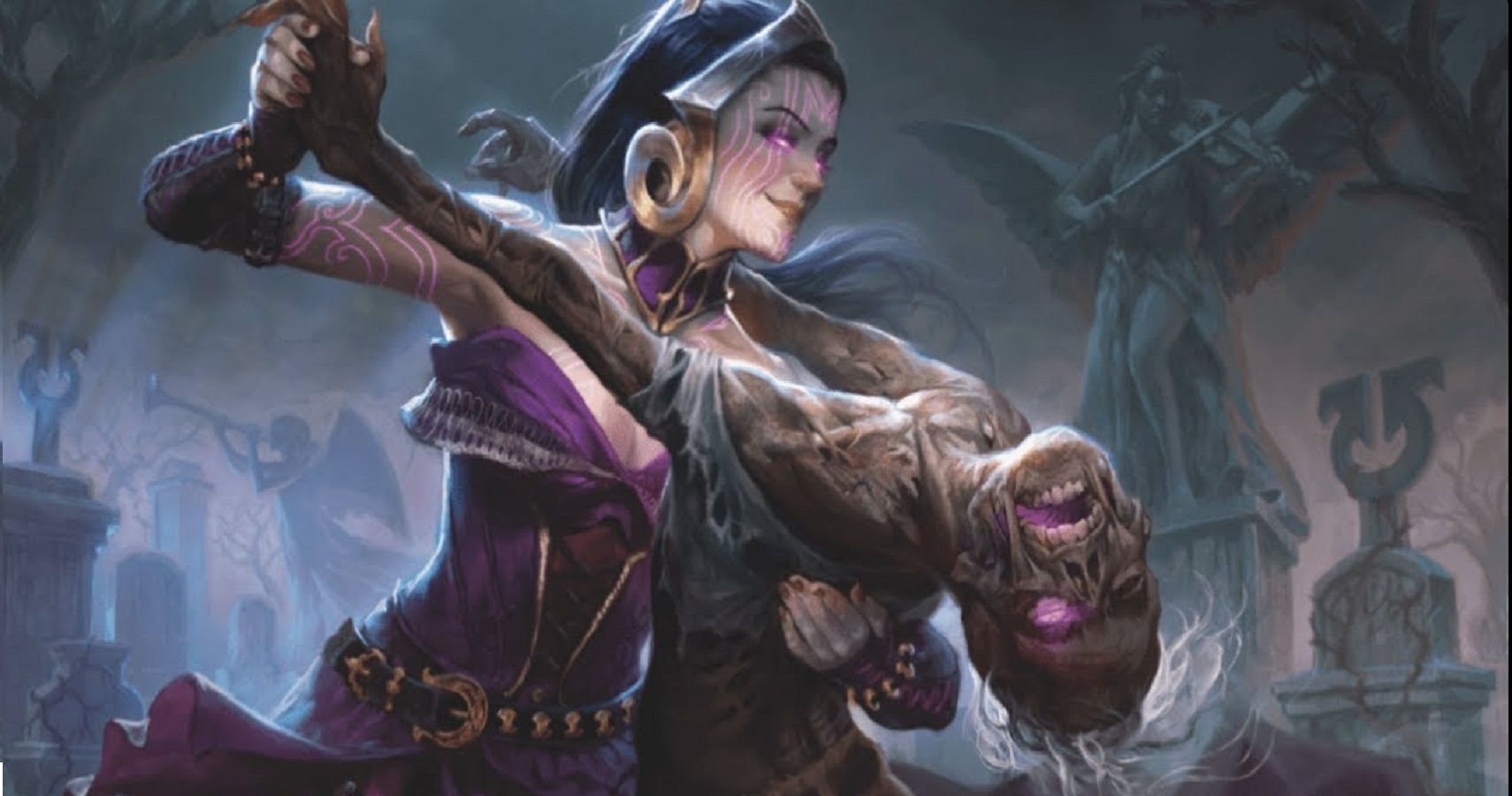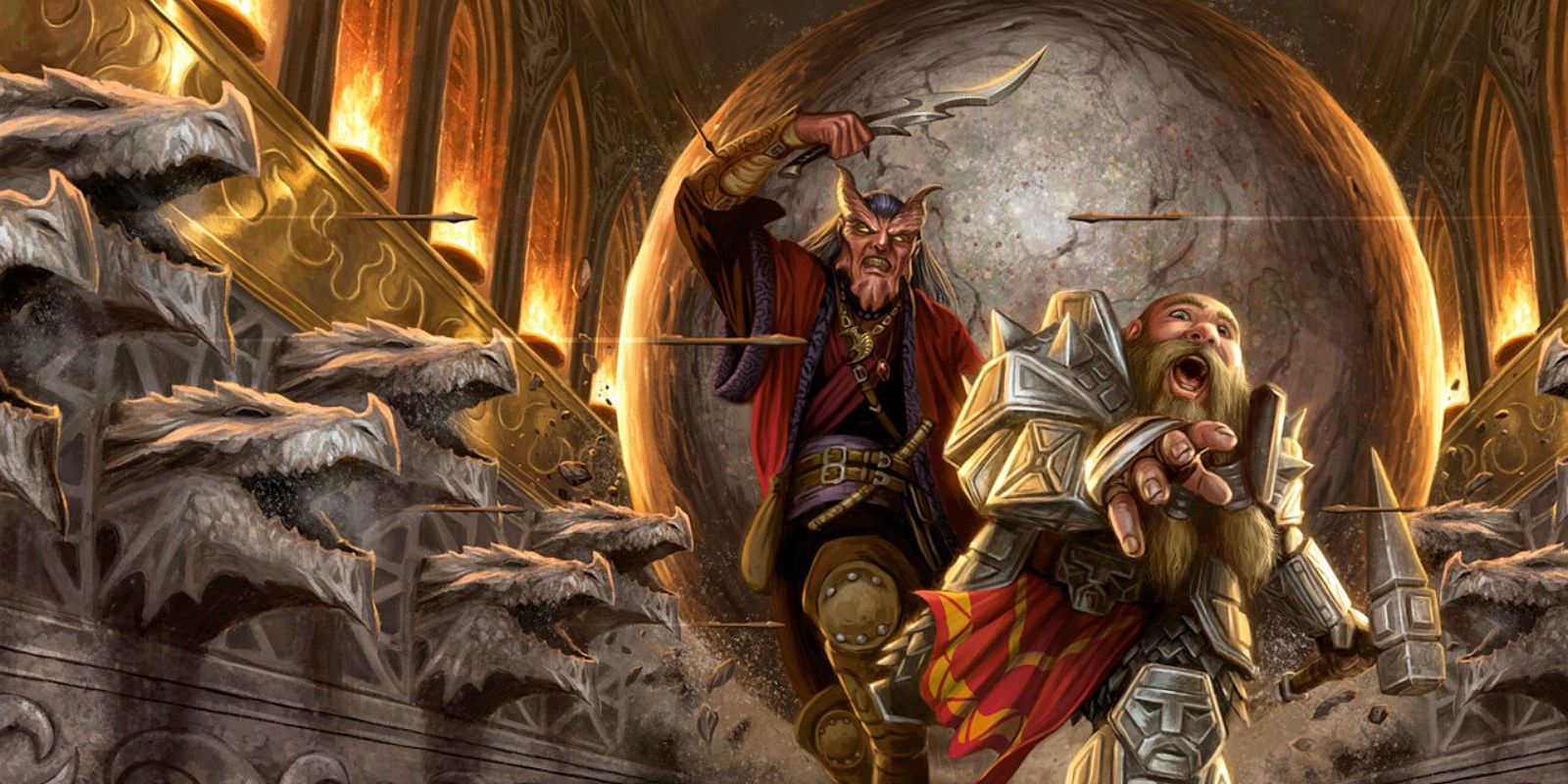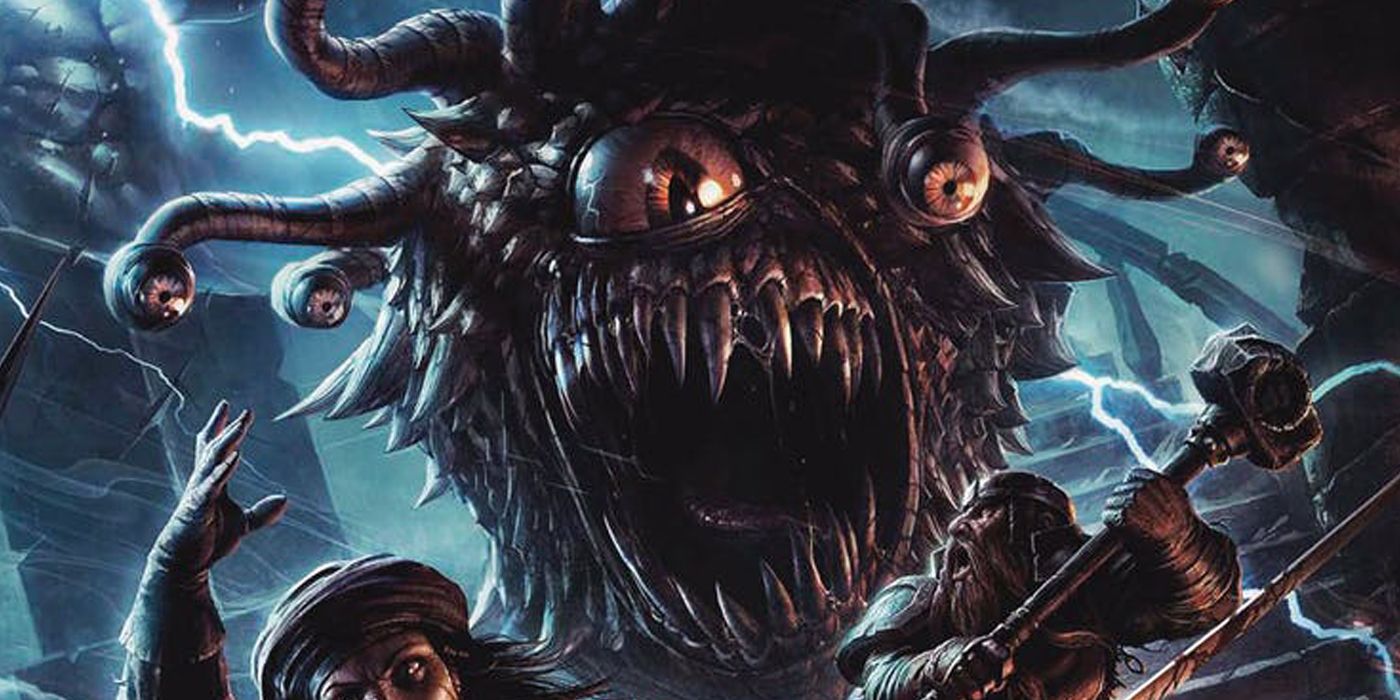While Dungeons & Dragons is the world's most popular tabletop role-playing game, it isn't perfect. Clunky rule sets, stacking situations and a thick pile of reading material will undoubtedly plague every campaign at some point or another. While it's easy enough to hand-wave away a niche ruling, it becomes much more difficult with hardened game mechanics.
Once a group has mastered D&D's core gameplay, the Dungeon Master may decide that the game would benefit from tweaking the rules ever-so-slightly to fit the needs of the group and make the adventure a little more exciting. House rules can really spice up an otherwise textbook game, so once the party is ready, it might be time to introduce them.
Keep Death Saves a Secret
While it is completely possible to never have to roll a death saving throw over the course of a full campaign, it happens, especially early on. The first few levels can be absolutely brutal, especially for new players, thanks to low health pools and unlucky critical hits from foes. Losing a character is always a possibility in this game.
It does not, however, have to be a dreary and somber experience. Hiding death saving throws from your party by rolling them in secret and only sharing the results with the DM is an excellent way to build suspense during an encounter. Without the knowledge of previous rolls, players may choose to rush to help revive their fallen friend when they otherwise would not have, leading to some memorable character moments. If a player however dies, it will be just as shocking to the group as it is to the player themselves, making the groups' reactions to it as genuine as the game ever gets.
No Secret Characters
At its core, D&D is a team effort. There are many horror stories of players who have misled or flat out lied about who their characters are, resulting in poor strategies developed by their teammates. If a party constructs a plan that involves a critical member being a Rogue for picking locks, then having that player be a Warlock in disguise could result in a total party kill.
DMs should take this into account and institute a "No Secret Characters" rule, meaning each player character's race, class and alignments must always be apparent to their teammates. While some of these characteristics can change over time, the important thing is that this information is made public.
A Better Way to Use Languages
While pretty much any character will be able to speak and understand Common, most will also have at least one other language that they know, allowing them to communicate with individuals and groups that others cannot. When such situations arise, many DMs will tell the table what is being said with the expectation that players whose characters don't know the language will not meta-game.
However, there are better ways to handle this that make the game more immersive. Instead of speaking out loud to the entire table, DMs could instead send a private message to the player or players who understand, whether that's through a text message of Discord. That way, other characters will (realistically) not know what is being said. Just as in the real world, they will have to rely on someone else to translate, which could lead to some good role-playing moments. This could also be a great way to insert word puzzles or riddles, as at least one player will have the text in front of them.
Give Players an Idea of How the Enemy Is Doing
Aside from status effects like poison and paralysis, an enemy's health is generally kept secret from players. Experienced DMs keep information like spell lists, skills and HP away from players to encourage creative attacks and strategies that they may not have attempted had that information been public.
That being said, it's good to give combatants an idea of how an opponent is faring. One way to do this is by using like "Bloodied" and "Critical Health" to indicate that a for has reached half or quarter health, respectively. This allows astute players to keep track of the rough hit point totals during important fights, encouraging them to adjust their strategies as necessary.





